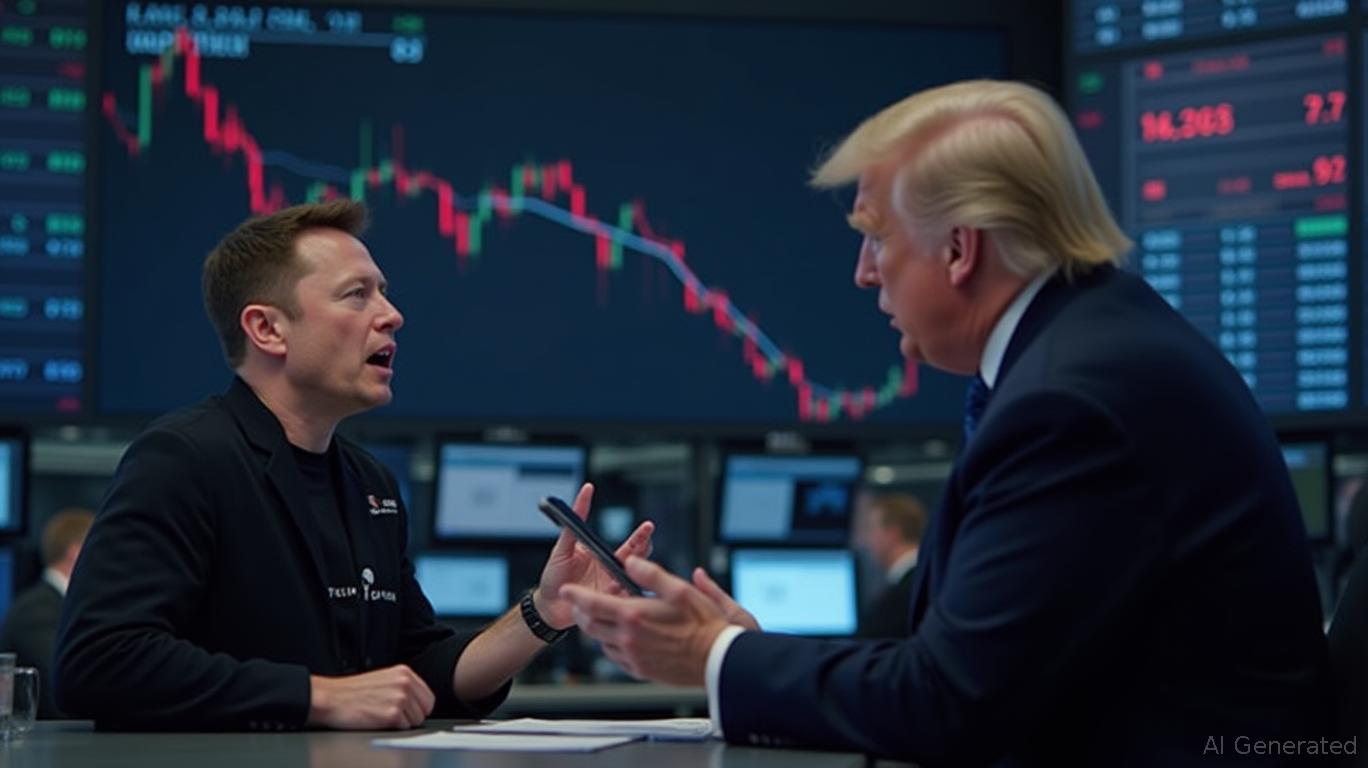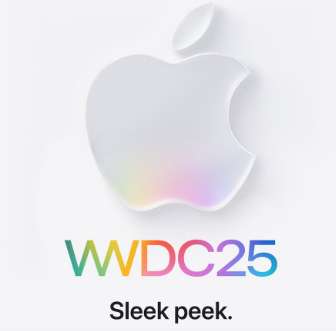Electronic Technology Soars, Finance Stocks Struggle: Navigating the AI-Driven Divide in Q2 2025
The first quarter of 2025 painted a stark contrast between two pillars of the U.S. economy: the electronic technology sector, fueled by artificial intelligence (AI) innovation, and the financial sector, weighed down by trade wars and policy uncertainty. As we enter Q2, this divide has deepened, creating opportunities and risks for investors. Below, we dissect the forces driving these sectors and outline strategies to capitalize on their trajectories.
Ask Aime: "Are AI-driven tech stocks outperforming traditional finance in Q2 2025? What strategies should I consider?"

The Electronic Tech Sector: Riding the AI Wave
The tech sector’s Q1 performance was a rollercoaster, with the "Magnificent 7" (Nvidia, Microsoft, Alphabet, Amazon, Tesla, Apple, and Meta) falling 15% year-to-date amid trade tensions. Yet beneath the surface, a transformative shift is underway: AI monetization is unlocking growth.
Ask Aime: "AI-driven tech, despite Q1 slump, poised for growth?"
Software & AI: The New Growth Engine
The software industry, represented by the SPDR® S&P® Software & Services ETF (XSW), trades at record discounts to large-cap peers—16% below its long-term median—despite its critical role in AI adoption. Key players are proving the model:
- Salesforce’s Agentforce, an agentic AI tool, has amassed 3,000+ paid customers in 90 days, driving cross-selling of core products.
- Shopify’s Magic AI tools are streamlining e-commerce operations, boosting retention and revenue.
By 2028, global spending on AI-enabled software is projected to hit $749 billion, positioning software stocks as a buy for long-term investors.
The semiconductor giant remains central to AI’s "picks-and-shovels" infrastructure, with its GPUs powering everything from autonomous vehicles to generative AI. While Q1 saw volatility, its multi-year licensing deals (e.g., with HP) and partnerships with innovators like Innodata (INOD)—which uses nvidia tech to test AI models—highlight its staying power.
Semiconductors: Recovery in Sight
Non-AI semiconductor firms like ON Semiconductor (ON) and NXP Semiconductors (NXPI) are poised for a rebound. After years of inventory corrections, they now benefit from rising demand for chips in electric vehicles (EVs), driver-assistance systems, and industrial automation. Analysts expect a cyclical upturn as AI-driven product upgrades and potential interest rate cuts improve economic conditions.
Financial Sector: Stuck in the Tariff Crossfire
Financial stocks, particularly regional banks, have been collateral damage in the escalating trade war. While fundamentals like expanding net interest margins (NIM) and loan growth remain strong, policy uncertainty has overshadowed resilience.
The Trade War’s Toll
The U.S. tariffs imposed in April 2025—10% baseline, 34% on China, and 25% on autos—triggered a 10% intra-quarter drop in the S&P 500, dragging down financials. Regional banks, represented by the SPDR® S&P® Regional Banking ETF (KRE), saw shares decline 14% from their post-election highs.
Despite valuation discounts—regional banks trade at 16% below their historical median—their domestic focus insulates them from direct trade impacts. However, prolonged tariffs could slow loan demand and consumer spending, eroding profitability.
The Silver Lining: Buybacks and Deregulation
Financials still have tailwinds:
- Buybacks: Share repurchases nearly doubled in Q1, fueled by deregulation optimism.
- Loan Growth: Domestic lending, especially in housing and small businesses, remains robust.
Yet risks persist. Goldman Sachs now assigns a 45% probability of a U.S. recession, with China’s retaliatory tariffs (up to 125%) further clouding the outlook.
Key Risks to Monitor
- Valuation Extremes in Tech: High-growth stocks like Innodata (INOD) (+518% 12-month return) and Quantum Computing (QUBT) (+851% returns) face corrections if AI adoption timelines slip.
- Trade Negotiations: A China-U.S. deal could stabilize markets, but delays would prolong volatility.
- Interest Rate Risks: While banks benefit from high rates, prolonged Fed inaction or sudden cuts could disrupt net interest margins.
Investment Strategies for Q2 2025
For Tech Bulls: Focus on AI Infrastructure and Software
- Buy: XSW ETF, NVIDIA (NVDA), and ON Semiconductor (ON) for their roles in AI’s hardware and software layers.
- Avoid: Consumer tech stocks like Apple (AAPL), which face tariff-driven iPhone demand slowdowns.
For Financial Investors: Proceed with Caution
- Hold: KRE ETF for regional banks with strong fundamentals, but avoid overexposure until trade clarity emerges.
- Avoid: Global banks with heavy exposure to China’s supply chains.
Balanced Approach: Diversify Across Sectors and Themes**
Pair tech exposure with defensive plays like healthcare ETFs or gold, which surged to $3,122/oz in April 2025 amid geopolitical risks.
Conclusion: The AI Divide and the Path Forward
The tech sector’s Q2 trajectory is bifurcated: AI-driven software and semiconductors are soaring, while legacy consumer tech lags. Meanwhile, financials remain hostages to trade policy, with their resilience tied to domestic demand and regulatory tailwinds.
Investors should prioritize AI infrastructure leaders and undervalued software stocks, while maintaining a watchful eye on trade negotiations. The $749 billion AI spending boom is a structural tailwind, but near-term volatility demands patience. As Schwab’s "Marketperform" rating underscores, this is not a time for all-in bets—strategic allocations and risk management are key.
The data paints a clear picture: tech’s future is bright, but finance’s recovery hinges on policy clarity. For now, the AI revolution is the engine driving growth—investors ignore it at their peril.










Pssst... Research LRCX, set an entry point at $70-72, and buy more below that, below $65buy a bunch! And hang onto it.
That one is in my Project 2029 Portfolio, but it might get bought out if the competition is smart. Be hella ripe by 2032 from my analysis recently. Depending on tariffs and TSMs "coming to America."
I made over 150k here with an expert’s help and recommendation 🤗
She’s great connect 🇺🇸+.𝟣𝟧𝟨𝟥𝟤𝟩𝟫𝟪𝟦𝟪𝟩